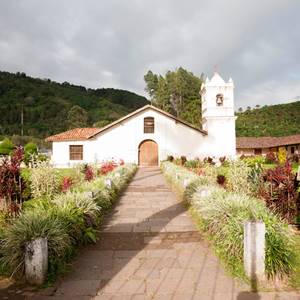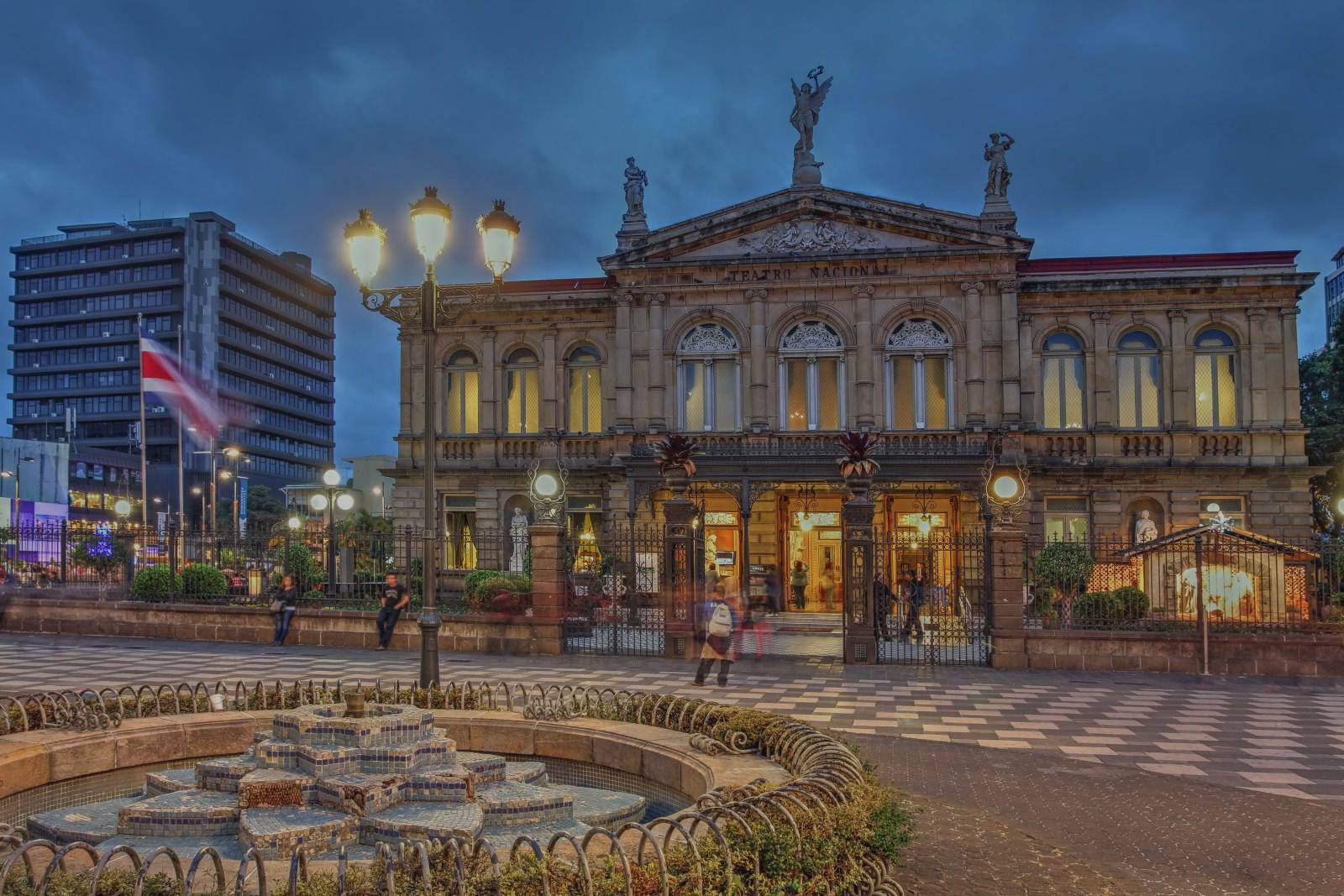Valle Central
The Central Valley: The Heart of Costa Rica
The Central Valley, also known as the Central Plateau, Central Depression or Central Intermontane Valley, is a geographical region located in the center of Costa Rica, where the Greater Metropolitan Area is located; and this is the most developed area of Costa Rica where the most important activities of the country take place.
Location and Geography
Geologically, the area corresponds to a tectonic depression. It occupies an approximate area of 3250 km² and an average height of 1400 m above sea level. The Central Valley extends from San Ramón de Alajuela in the west, to Paraíso de Cartago in the east. To the north it borders the mountains of Heredia, the Barva Volcano, the Irazú Volcano, and others. To the south it borders the foothills of the Talamanca Mountain Range and the Tárcoles River valley to the southwest. It is divided into two sections, the Western Valley and the Guarco Valley, also known as the Eastern Valley, which are subdivided by the Ochomogo pass. It is in this latter where the third most important city of Costa Rica is located: Cartago.
The Central Valley is home to the most important cities of Costa Rica: San José, Heredia, Alajuela and Cartago. It is also home to other important smaller towns, such as Grecia, Naranjo, Palmares, San Ramón, etc. More than half of the country’s population is located in the Central Valley, which is also home to the government offices and the main institutions and economic activities.
Climate and Topography
On average, the Central Valley ranges from 800 m above sea level (Alajuela, La Garita) to 2100 m above sea level (Las Nubes de Coronado (2020 m above sea level), Rancho Redondo (2048 m above sea level), Llano Grande (2056 m above sea level), Tierra Blanca (2080 m above sea level), San Juan de Chicuá (2770 m above sea level). It has a temperature that ranges from 13 °C to 30 °C, depending on the time of year and the altitude where the measurement is made. The capital, San José, has an average temperature of 22 °C. Its geography tends to have hills and gentle elevations, which increase towards the mountains that delimit the valley. In general, it does not present extreme variations, nor geographical accidents of great magnitude. It is profusely crossed by various river courses, and it is in the Central Valley where rivers such as María Aguilar, Torres, etc. originate.
Attractions and Activities
The Central Valley of Costa Rica represents a magnificent option for tourists to enjoy a variety of tourist attractions, natural and cultural, including the best cast of museums in Costa Rica. Additionally, this region is home to the National Theater, an architectural jewel of the country.
The Central Valley is surrounded by majestic volcanoes covered by lush coffee plantations. The most popular day trips from the Central Valley include a stop at Poás Volcano or La Paz Waterfall Gardens. Poás Volcano is the second largest volcanic crater in the world. Also, on a clear day it is truly an impressive sight. La Paz Waterfalls are home to the 5 largest waterfalls in the country, and offer visitors the opportunity to see butterflies, exotic birds, monkeys, wild cats and much more. A visit to a coffee plantation is worth it, learn about all the history and tradition of making the perfect cup of coffee!
Rafting lovers also choose San José as the place from which they start their rafting adventure on the famous Pacuare or Sarapaqui Rivers.
San José offers visitors several museums and points of interest that are worth visiting. We recommend setting up a private afternoon tour to visit sites such as the “National Theater”, “Plaza de la Cultura” museums of gold and jade, among other points of interest. Afterwards, many people go to have a good dinner at a local “mirador”. A restaurant in the mountains with stunning views of the city, typical music and much more. Also dance and some delicious traditional dishes from Costa Rican cuisine. Visit San José one afternoon or evening to see the sights and get an idea of the capital. The surrounding towns of Escazú and Heredia are equally charming, and offer a wide variety of accommodations, shops and restaurants.
The Central Valley is a place where you can experience both nature and culture in Costa Rica. It is a place where you can feel the pulse of a vibrant country that welcomes you with open arms.
Activities

Alajuela City tour

Bajos del Toro Waterfalls
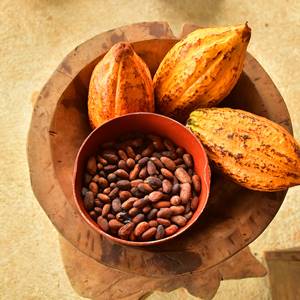
Chocolate tour

Coffee tour
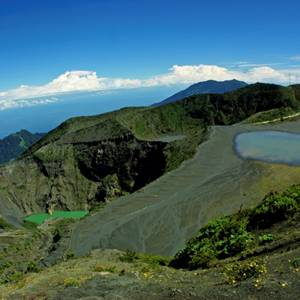
Irazú Volcano National Park

La Paz Waterfalls and Gardens
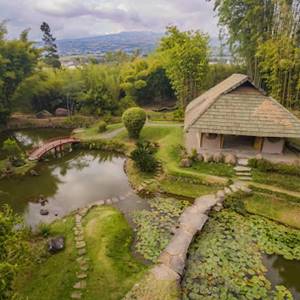
Lankester Botanical Garden
